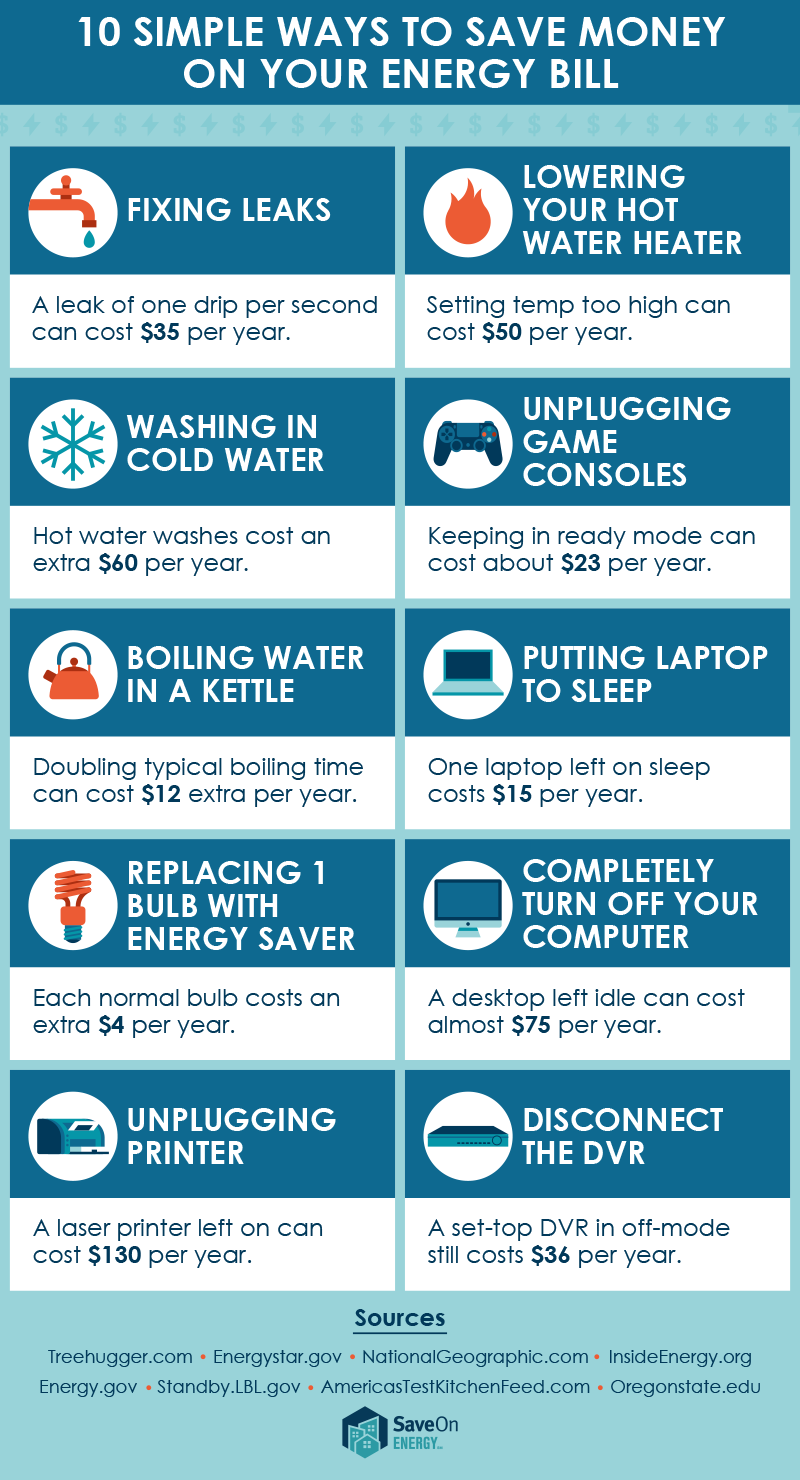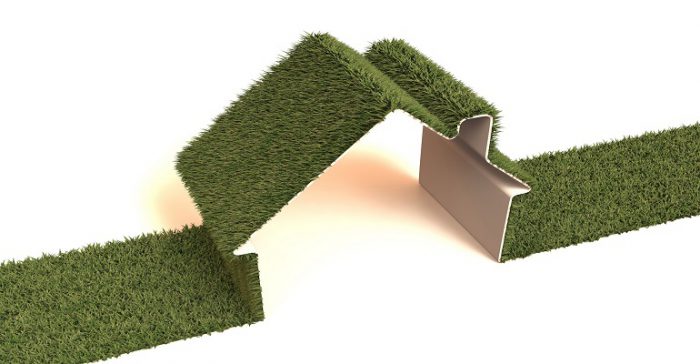Fast ways to cut your home energy bills
CNBC, July 12, 2017
Cutting your energy bill doesn’t have to require much energy — or money — on your part.
Consumers aren’t taking advantage of many simple avenues to save money, according to a new survey from marketplace SaveonEnergy.com. Only 14.2 percent say they unplug their home printer when it isn’t in use, a move that could save up to $130 each year. Six in 10 consumers don’t shut down their home computer when it isn’t in use, missing out on up to $168.28 in estimated annual savings.
(See infographic below for some of the savings tricks and payoffs.)
Home energy savings strategies generally fall into one of three buckets, said Kateri Callahan, president Alliance to Save Energy. There are free behavioral changes, projects that require a small investment, and big-ticket purchases or renovations.
Behavioral changes
Some of the easier behavior changes include only running the dishwasher and clothes washer when you have full loads, Callahan said. You might also switch to cold water washes for clothing, which cuts water-heating costs.
Keep infrequently used appliances (like a home printer) unplugged when they aren’t in use, and shut down your computer rather than leave it on standby.
“Get in the habit of turning off computers and electronics when you’re not using them,” she said.
During the summer, you can trim your air-conditioning bill by strategically using window shades to block sun, she said. Avoid running heat-generating appliances during the day, which can force your air conditioner to work harder.
Small projects
There are plenty of projects that are low-cost, easy — or both, said Callahan. The Department of Energy estimates that lowering your water heater thermostat takes less than two hours, and can save you $12 to $30 per year for every 10 degrees you lower the temp.
Sealing home air leaks is another project that can have a big payoff, cutting your home heating and cooling bill by up to 20 percent, she said. (Some utilities or state programs offer free or low-cost audits to help pinpoint leaks and other trouble spots.)
“That’s something we always suggest people look at,” she said. “[The leaks] can add up to a whole three-foot by three-foot window being open all the time.”
Other small purchases that can pay off include energy-efficient light bulbs and low-flow shower heads or faucet aerators, and smart power strips that cut off power to peripheral devices (say, your DVD player or game systems) when a primary device (the TV) is off.
Big projects
Before you make a new appliance purchase, take a look at energy efficiency ratings (via EnergyStar.gov), Callahan said. Factor in any features that could help you save money. New clothes dryers, for example, often have automatic sensors that will stop the cycle when the clothes are dry, she said.
Explore avenues to cut the costs of those purchases, too. Your utility or state energy department may offer rebates or discounts on certain energy-efficient products, and several states also run sales-tax holidayson such purchases.


